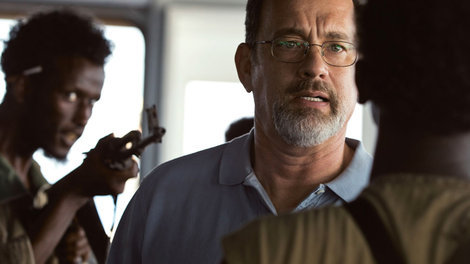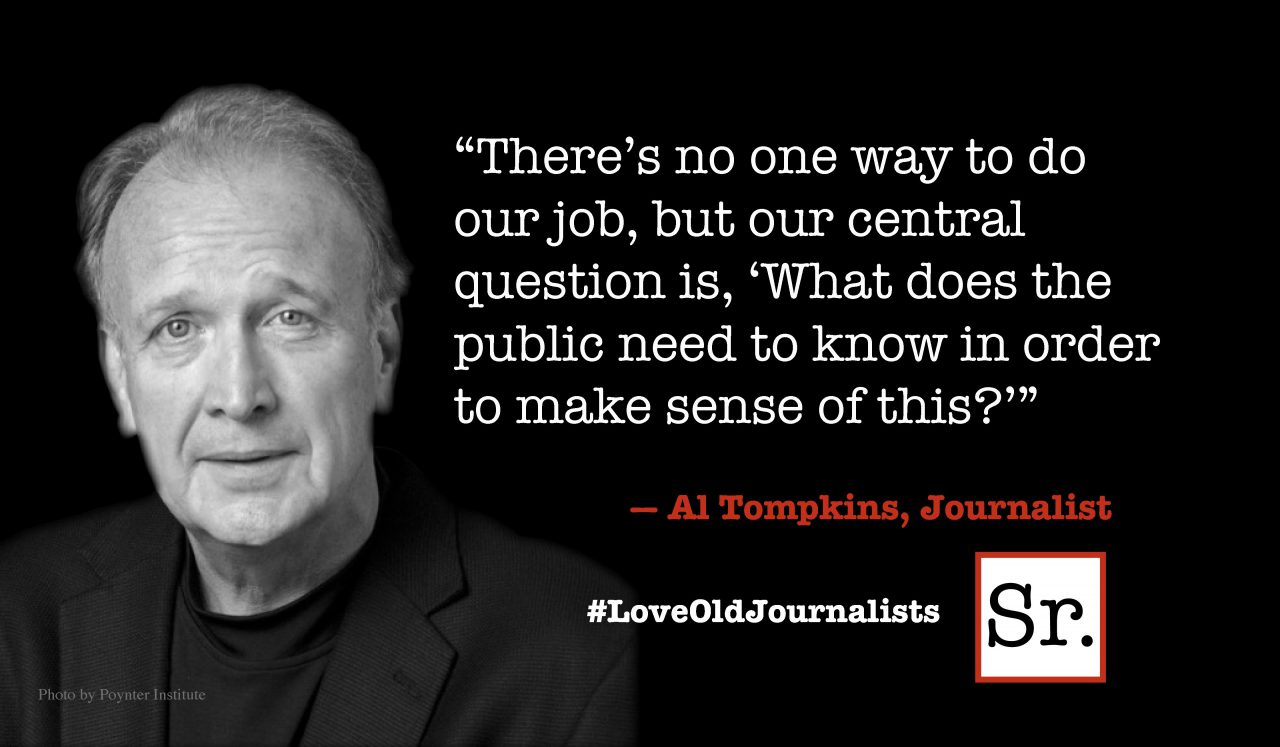Tom Hanks’ near-uncanny ability to build a compelling Every Man character out of minimal substance is put to good use in “Captain Phillips,” director Paul Greengrass’s tension-charged recreation of a real-life 2009 hijacking of an American freighter in the Indian Ocean.
Capt. Richard Phillips, the central character of the incident and of this film, is a somewhat controversial character. He was hailed as a hero after Navy Seals rescued him from the lifeboat on which he was being held by four Somali pirates.
But since then members of his crew have sued Phillips for what they say was a reckless disregard for their safety by insisting on navigating close to the Somali coast – thus saving time and money – rather than plotting a course further out to sea.
Hanks and Greengrass have it both ways. We see early on that Phillips can be something of a tough captain – not a Queeg-ish martinet, exactly, but forceful enough to irritate some of his crewmen. But he’s also a resourceful fellow looking out for his men in a crisis.
It’s hard to say precisely what sort of a guy he is. “Captain Phillips” lives mostly in the moment, and we don’t learn a whole lot about our protagonist except when he’s under the gun.
Early on we see him driving to the airport with his wife (Catherine Keener, filmed so obliquely she’s hardly recognizable) and we learn that he’s married with a couple of college-age kids. And that’s about it.
Under most circumstances this would result in a movie with a hole where its center should be. But Tom Hanks fills the void with his own star presence. And it pretty much works.
Though he has dabbled in mainstream fare (a recent “Bourne” film), director Greenglass is the modern master of the docudrama (“Bloody Sunday,” “United 93”). He employs hand-held camera work (yes, the reviled shaky cam, but here it gives the story added immediacy) and stripped-down dialogue to create a simulacrum of reality.
This is a tale of confrontation and terror at sea, with four Somali pirates first capturing the freighter. When one of the hijackers is captured by the crew (which have hidden deep in the engine room) a tradeoff is negotiated. For $30,000 from the ship’s safe the interlopers will be set adrift in a lifeboat. Except that at the last minute they take Phillips with them.
“Captain Phillips” is a solid nail-biter. The best moments are the mano-a-mano collisions between Phillips and the lead pirate…and it’s a real pleasure to see an acting newcomer – Somali-American Barkhad Abdi – more than hold his own against a two-time Oscar winner. Abdi is so good that we almost find ourselves rooting for him, a fellow who has not quite allowed his desperation to trump his humanity or humor.
In fact, the film deftly deals with the ticking time bomb of race. The crew of the tanker – our ostensible heroes — are either white or Hispanic. The pirates – the villains — are Africans. But screenwriter Billy Ray defuses the situation by approaching the story from three separate vantages.
First there’s Phillips and his crew, under siege and then prisoners.
Then there are the pirates, who are doing the bidding of a ruthless warlord. They’re expected to pay tribute with the money gained by holding ships and crews for ransom. It’s not like the hijackers – mostly fishermen – have a whole lot of choice. Piracy is the only game in town. And they’re certainly not keeping the money for themselves.
Finally there are the members of the U.S. Navy who come to Phillips’ rescue. They’re not so much individuals as well-oiled cogs in an astonishingly professional and scarily efficient machine.
So effective is “Captain Phillips” that it seems much shorter than its 2-hour 10-minute running time.
Even so, I think that when it comes to this subject my favorite recent film is the Danish release “A Hijacking,” which employed the same docudrama style to tell the story of a high-seas hostage situation that drags on for months. It’s told from the perspective not only of the pirates and captives on the ship, but from that of a shipping company executive practically eaten alive by the around-the-clock negotiations.
“Captain Phillips” plays like a short story. “A Hijacking” played like a novel.









